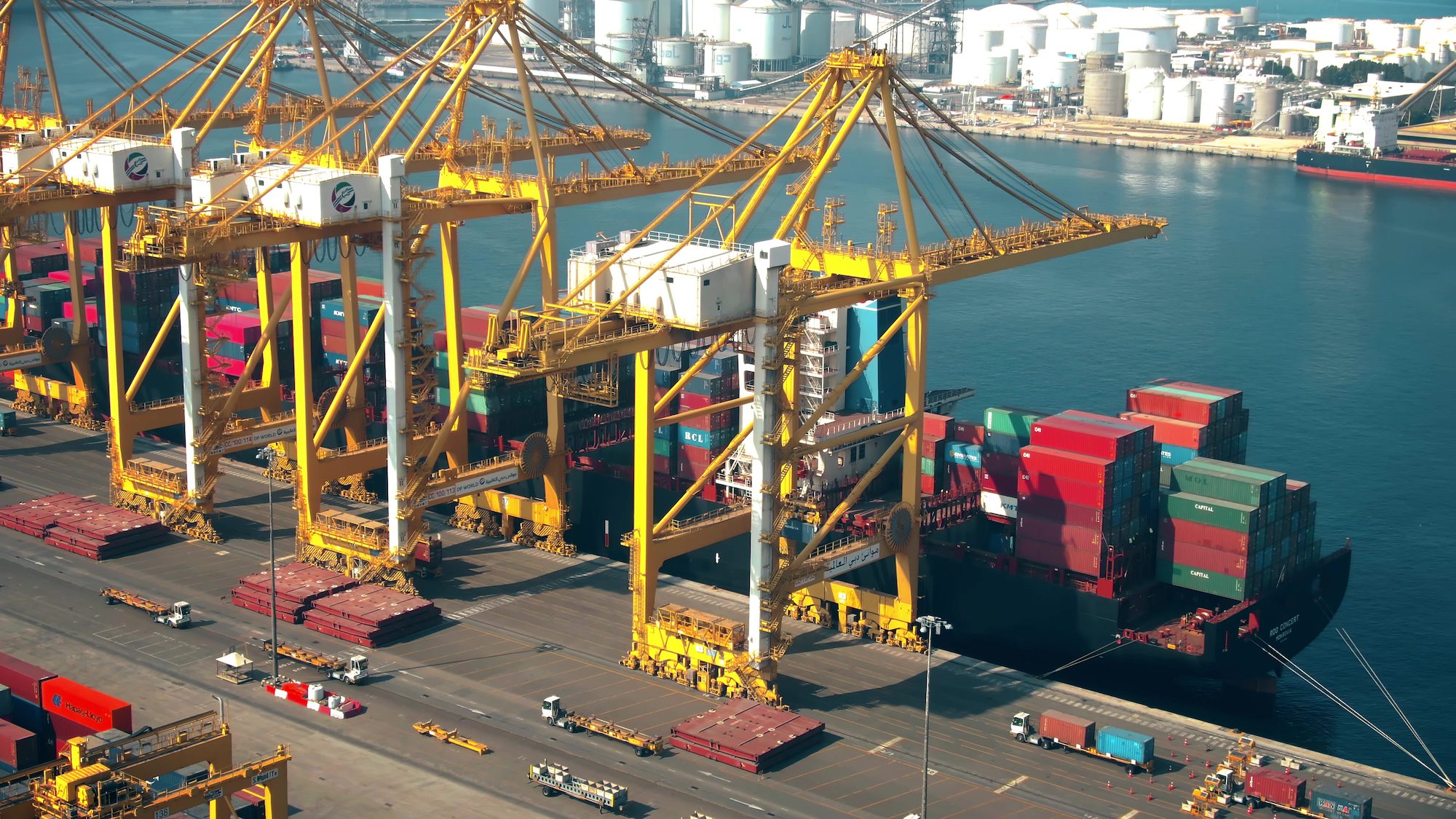LONDON, Aug 9 (Reuters) – Iran has sent small shipments of crude oil to new destinations such as Bangladesh and Oman, according to shipping sources and data, the latest sign of Tehran pushing to sustain output at close to its highest in five years.
Oil sales are Iran’s major revenue source and the country has been looking for ways to sidestep U.S. sanctions on its crude exports that former president Donald Trump re-imposed in 2018 over Tehran’s nuclear program.
Iran, which is exempt from output quotas set by the Organization of the Petroleum Exporting Countries (OPEC), is striving to maximize production and exports.
Oil Minister Javad Owji said in July that Iran was selling crude oil to 17 countries, including those in Europe, according to the semi-official Mehr News Agency. The details could not corroborated.
In one new trade, the Golden Eagle tanker sailed near the port of Chittagong in Bangladesh earlier this year after receiving oil from another vessel that loaded it from Iran’s Kharg Island according to available evidence based on shipping data, Claire Jungman, from U.S. advocacy group United Against Nuclear Iran, told Reuters.
The Golden Eagle offloaded parts of the cargo to smaller tankers in ship-to-ship transfer operations around Chittagong in April, said Jungman, whose organization tracks Iran-related tanker traffic via satellite data.
The shipment to Bangladesh was separately confirmed by another oil export tracking source.
An official with state-owned Bangladesh Petroleum Corporation, which operates the country’s main refinery, said it did not buy the cargo and it was difficult to establish who was the buyer.
The Golden Eagle’s Liberia-based owner and manager listed in shipping databases could not be reached for comment.
Iranian officials did not immediately respond to a request for comment.
SYRIA, OMAN
Tehran’s oil output has topped 3.2 million barrels per day this year, the highest since 2018, according to OPEC figures, after posting one of OPEC’s biggest output increases in 2023 despite U.S. sanctions still being in place.
Iranian crude exports have reached new highs this year, with March-May being the strongest three-month period since mid-2018, according to Petro-Logistics, a Geneva-based firm which tracks tanker shipments.
“But volumes seem to be plateauing now,” said Virginie Bahnik of Petro-Logistics.
At least eight cargoes of oil – mostly from Iran – were heading to Syria with some already discharged, shipping sources said. Shipments to Syria, however, were below their peak some years ago as Iran seeks other export destinations.
Iranian oil deliveries into Syria have averaged 57,190 bpd in 2024 compared with a high of 147,000 bpd in 2022, according to export analysis from UANI’s Jungman.
A separate tanker delivered a cargo believed to be Iranian crude oil into the Omani port of Sohar in June after loading the consignment via a ship-to-ship transfer with another vessel that picked up the shipment from Iran’s Kharg Island earlier this year, UANI’s Jungman said, citing shipping data.
The ship tracking source also confirmed the arrival of this cargo into Sohar.
Sohar Port and Oman’s Maritime Security Centre did not immediately respond to requests for comment.
Iran has also begun bringing cargoes into China’s northeast Dalian port, adding another new destination for its crude.
Tehran’s exports to China, which does not recognize U.S. sanctions, have been flowing into the port, helping sustain the country’s oil imports at near record levels.
Tanker trackers and dealers say that traders re-brand Iranian oil destined for China as originating from elsewhere, such as Malaysia, Oman or the United Arab Emirates.
Iranian oil exports have now reached a peak and have stabilized around 1.5 million bpd, since February, said Homayoun Falakshahi, senior crude oil analyst with Kpler.
(Reporting by Jonathan Saul and Alex Lawler in London, additional reporting by Ruma Paul in Dhaka, Yousef Saba and Parisa Hafezi in Dubai, editing by Tomasz Janowski)
(c) Copyright Thomson Reuters 2024.

 Join The Club
Join The Club











